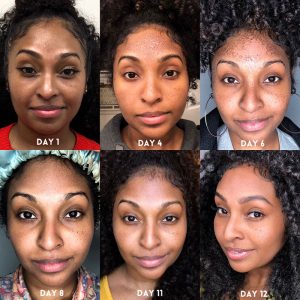The part that tends to unnerve most people about surgery is the anesthesia.
If you do some research beforehand and aren’t shy about asking your surgeon about any pressing concerns, you’ll have a pretty solid idea of what the surgery will entail, potential complications that may arise, and what the recovery’s going to be like. But the anesthesia can be a bit more difficult to understand because everyone responds a little differently to it.
Let’s dive into local vs. general anesthesia and the major differences between them. The upside to that is that the anesthesia can be tailored to the patient. So, just as plastic surgery is safer than it’s ever been, anesthesia is, too.
Local vs. general anesthesia
There are two basic kinds of anesthesia, local and general. Local, which is injected, numbs only the area that’s being treated. If you’ve had a dental procedure, chances are a local anesthesia, probably lidocaine, was used. By contrast, you’re completely unconscious under general anesthesia, which can be administered by inhalation or through an IV, though the latter is much more widespread today.
People like to equate being under general anesthesia to being in a deep sleep, but it’s more than that. It’s temporarily disabling the brain’s response to pain signals. When you awake from it, you won’t have any memory of the procedure. But, because you’ve been unconscious and unable to feel or react to anything for anywhere from an hour to several hours, you’re likely going to be dealing with delayed pain and discomfort as the drugs withdrawal from your system.
That can range from hangover-like symptoms—nausea, vomiting, and a headache—to breathing and blood pressure issues, all of which tend to resolve on their own between a few hours and a few days after the surgery. It can even lead to minor illnesses, like a cold or flu because your immune system was suppressed.
Which is to say that recovering from general anesthesia is fairly serious. You won’t be permitted to drive within at least 24 hours of your procedure. Combined with the residual discomfort from your surgery, you probably won’t be up for it anyway, or much of anything else, for the first couple of days.
With local anesthesia, there’s no recovery. In fact, you can drive yourself home after the procedure.
Ask your surgeon
Local anesthesia is frequently used with facial injectables, but it’s becoming much more common among surgical cosmetic procedures, too, even intensive procedures, like tummy tucks, breast augmentations, and rhinoplasty.
There are also instances when lighter variations of general anesthesia can be administered with the intent of minimizing, and even eliminating, the time the patient spends unconscious. It’s what’s referred to as twilight anesthesia. Essentially, you’ll become very relaxed and groggy, but you’ll never lose consciousness. Because it’s still considered general anesthesia, you’ll need someone to drive you home, though.
Here’s your takeaway about local vs. general anesthesia: Ask your plastic surgeon about your options. Just because a procedure’s traditionally been performed under general anesthesia doesn’t necessarily mean you don’t have any choice in the matter. And even if they recommend general anesthesia, kick-start a new conversation about what exactly it’ll entail. The more open the dialogue, the more closely your anesthesia can be tailored to your needs.

